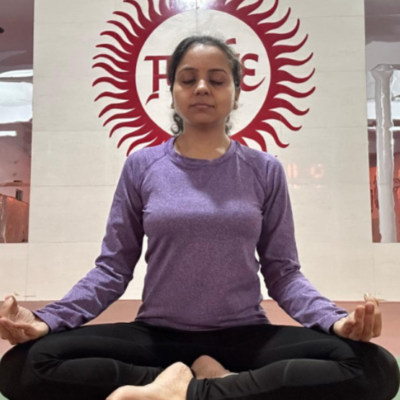Pranayama, often referred to as the “control of breath,” is a fundamental aspect of yoga that emphasizes the importance of breath regulation in achieving both physical and mental well-being. Derived from two Sanskrit words—“prana,” meaning breath or vital energy, and “ayama,” meaning control or extension—Pranayama is the practice of mastering the breath to harness the life force within the body.
Breath is not just a physiological function; it is a powerful tool that influences our energy levels, emotions, and overall health. Through Pranayama techniques, individuals learn to regulate the rhythms of their pranic energy, leading to improved vitality, emotional balance, and a clearer mind. In his text, the Yoga Sutras, the ancient sage Patanjali highlights Pranayama as an essential technique for attaining higher states of awareness, where breath retention becomes a key practice in the journey towards Samadhi—a state of deep meditative consciousness.
Table of Contents
ToggleTypes of Pranayama
In Hatha Yoga, several Pranayama types are practiced, each serving unique purposes and offering distinct benefits. Some of the widely known pranayama breathing exercises include:
- Ujjayi Breathing: A technique that creates a soft, ocean-like sound, helping to increase focus and regulate the breath.
- Bhramari Pranayama: Often referred to as the “bee breath,” this calming technique is used to relieve stress and anxiety.
- Nadi Shodhana (Alternate Nostril Breathing): A method for balancing the nervous system and purifying the energy channels.
- Bhastrika Pranayama: A forceful breath that revitalizes the body, enhancing oxygen intake and boosting energy levels.
- Kapalabhati: A rapid breathing technique that stimulates the abdominal region, improving lung capacity and detoxifying the body.
- Anuloma Viloma: Another form of alternate nostril breathing, particularly effective for calming the mind and promoting clarity.
- Kumbhak Therapy: A breath retention technique that cultivates mental focus and inner peace.
- Surya Bheda Pranayama: A stimulating technique that activates the body’s energy, especially during the morning.
- Sitali Pranayama: A cooling breath technique that helps reduce heat and soothes the body, ideal for the warmer months.

Benefits of Pranayama
Pranayama breathing exercises offer a myriad of physical and mental health benefits, making it an indispensable part of yoga practice. Some of the primary benefits include:
- Stress Relief: Pranayama for stress relief and Pranayama for anxiety can help calm the nervous system, reduce tension, and create a sense of inner peace.
- Improved Lung Function: Regular practice of Pranayama for lungs enhances lung capacity, improving both respiratory function and stamina.
- Mental Clarity: Pranayama for beginners can help foster concentration and focus, while advanced techniques support mental clarity and emotional stability.
- Increased Oxygen Intake: Techniques like Bhastrika Pranayama and Kapalabhati enhance oxygen circulation, revitalizing both the body and mind.
- Regulation of Blood Pressure: Pranayama for high blood pressure and Pranayama for heart health can help lower hypertension and improve cardiovascular function.
- Balanced Energy: Through prana and pranayama, practitioners can achieve a harmonious balance between body and mind, fostering emotional resilience and better health.
- Detoxification: Practices such as Kapalabhati and Bhastrika can help clear the respiratory system and release accumulated toxins.
Specialized Pranayama Practices for Health
Pranayama is not just a general wellness practice; it can be tailored to specific health conditions. Some techniques include:
- Pranayama for diabetes: Helps regulate blood sugar levels and improves metabolic function.
- Pranayama for asthma: Breathing exercises can aid in expanding lung capacity and improving airflow.
- Pranayama for migraine: Helps reduce tension and alleviate the symptoms of headaches through calming techniques.
- Pranayama for weight loss: Enhances metabolism and promotes the release of toxins, supporting weight management.
- Pranayama for glowing skin: Increased oxygen flow promotes healthier, more radiant skin.
- Pranayama for thyroid: Balances the hormonal system, supporting thyroid health and overall well-being.
Incorporating Pranayama into Daily Life
The practice of Pranayama and yoga works synergistically to create a comprehensive approach to well-being. Whether used as a standalone practice or integrated into a yogasana and pranayama routine, these Yogic breathing techniques promote a calm, focused, and energized state of mind. Meditation and pranayama also complement each other, as conscious breathing enhances meditative states, fostering a deeper sense of inner peace.
Pranayama Classes at Yoga With Barkha
At Yoga With Barkha, we offer Pranayama classes designed for practitioners of all levels. Whether you’re a beginner or an advanced yogi, our classes will guide you through step-by-step techniques, from Pranayama for beginners to more advanced practices like Ujjayi Pranayama and Nadi Shuddhi Pranayama.
Join us to experience the transformative power of Pranayama yoga and begin your journey toward a healthier, more balanced life.
Share this


About Us
Quick Links
Contact Info
- B-69, Arya Samaj Mandir, Sector - 33, Noida, Uttar Pradesh 201301
- +91-8800094560
- yogawithbarkha.27@gmail.com
